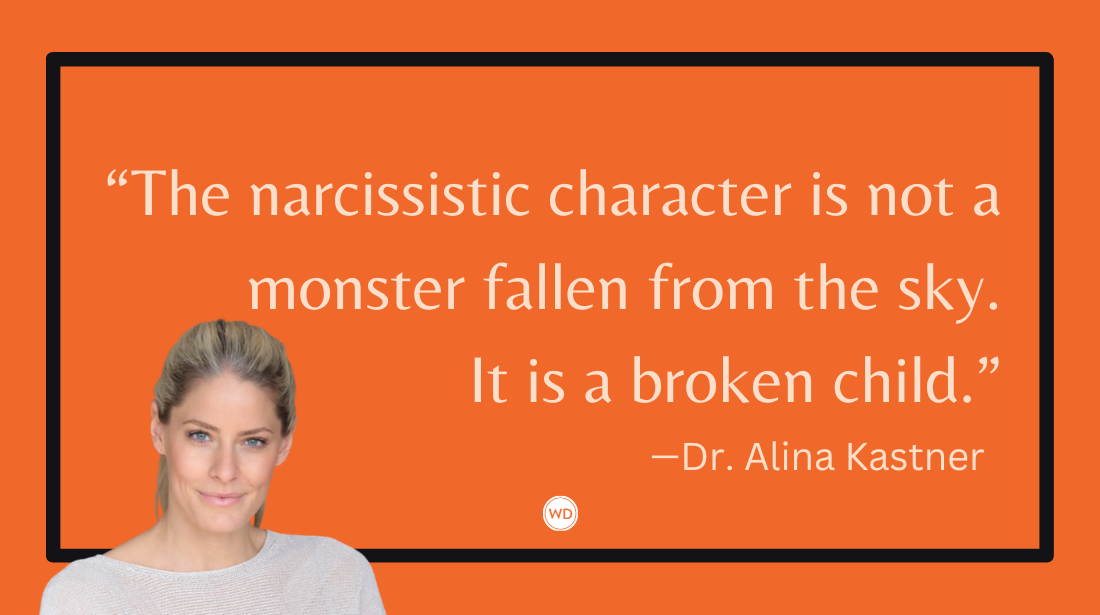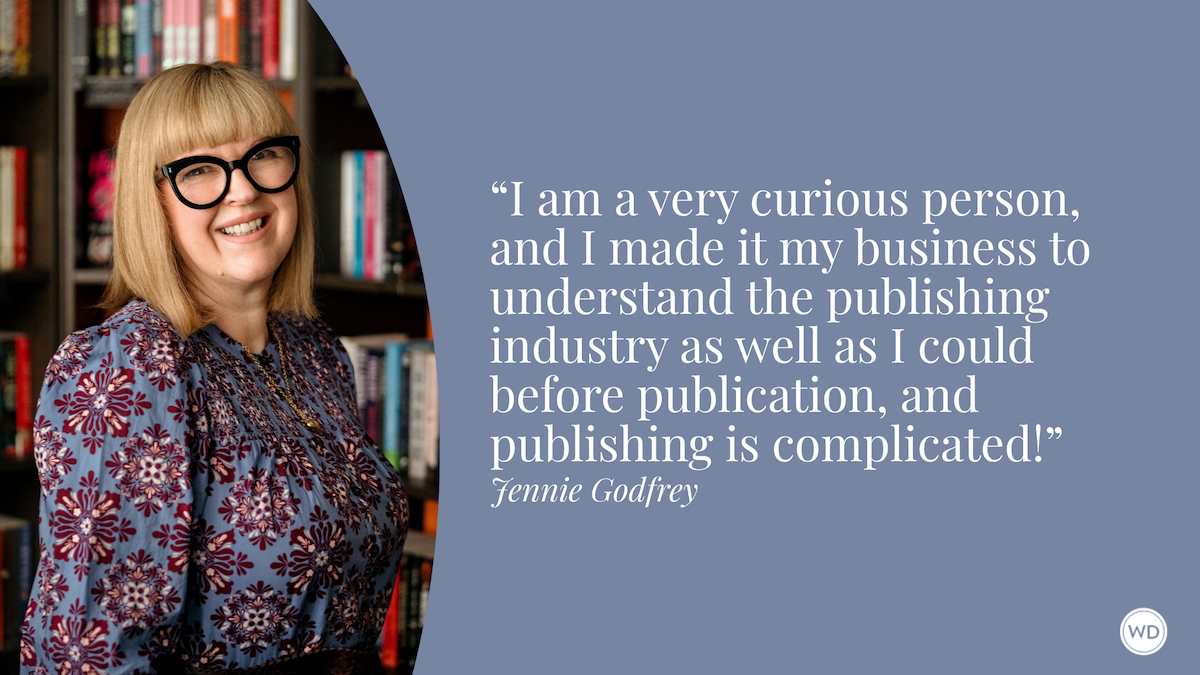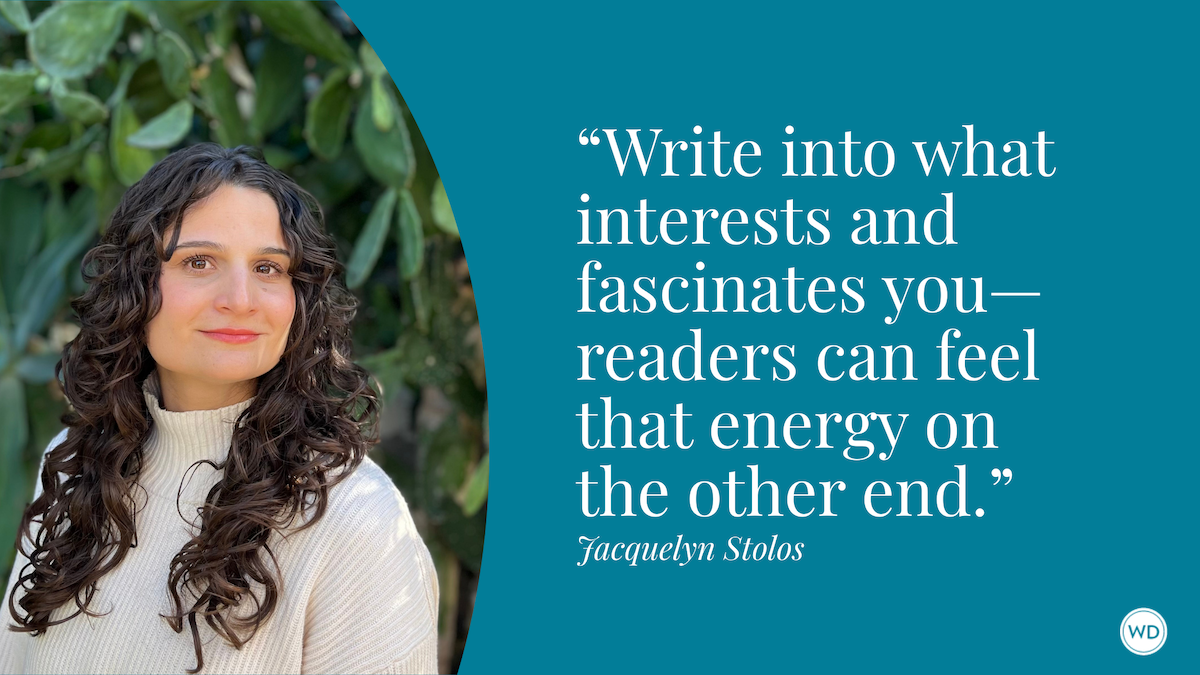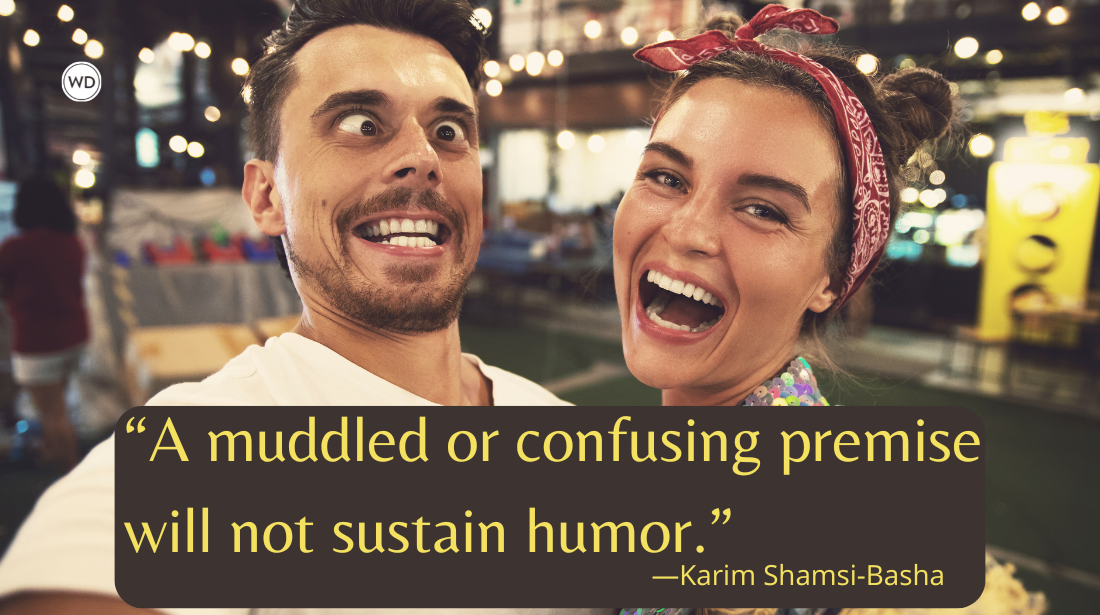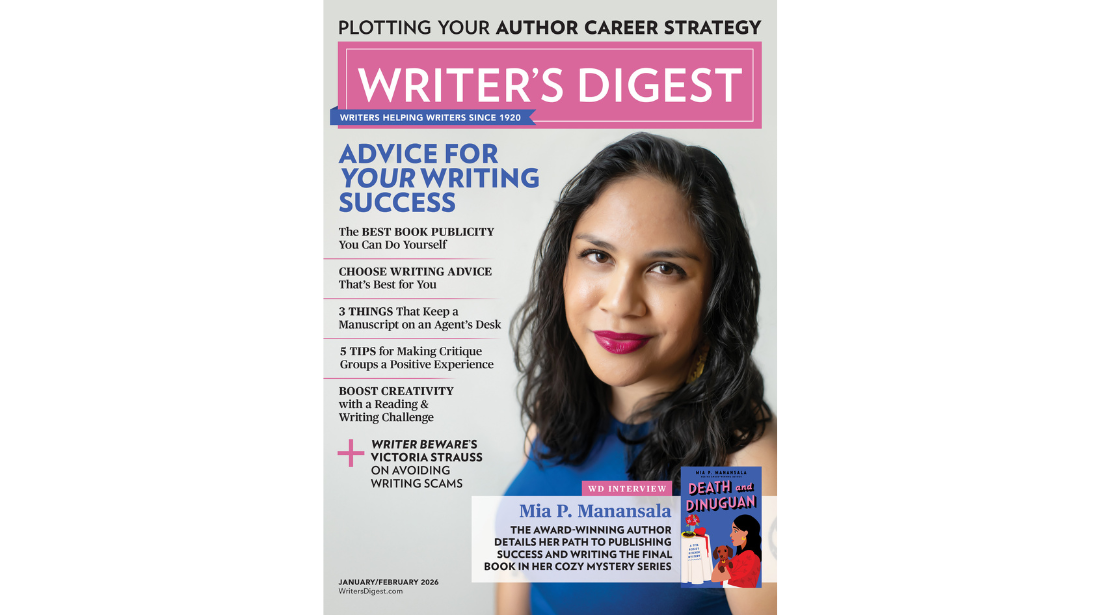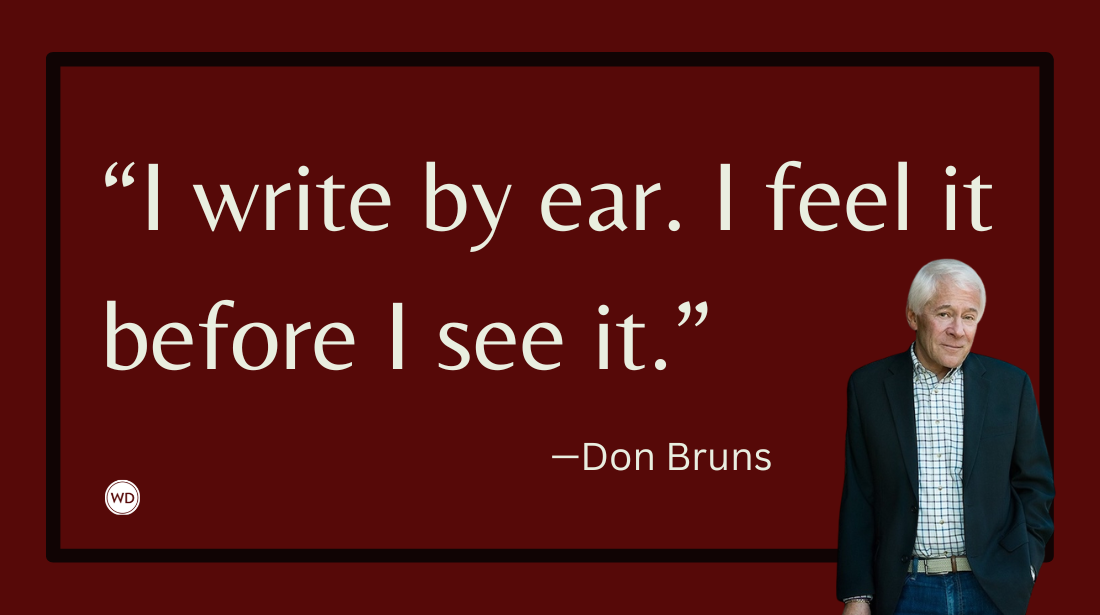How (and Why) to Create Diverse Characters
Author Jude Berman discusses the importance of writing diverse characters to reflect a more diverse world (and how to do it with care).
We live in a diverse world—ethnically, racially, culturally. Doesn’t matter that diversity may have lost value in some circles; it is still a demographic fact and will be an even greater reality in the future. For this reason, I like to think about how I can best reflect that diversity in my stories.
Some have questioned whether it is legitimate to write about characters who are different from yourself. That isn’t my topic here, except to say I am starting from the premise that, done appropriately, it is not a problem. In fact, for White writers in particular to not incorporate diverse characters in their contemporary fiction only serves to perpetuate a world of segregation and racial supremacy.
So, the question is how to do it well.
Let’s start with a couple of common mistakes. The one I see most often is White authors awkwardly labeling characters who are not White. This can come off (almost) like, “He walked into the room and saw a tall woman in a blue shirt, an angry man wearing a baseball cap, two kids playing checkers, and an Asian man in a T-shirt.”
In other words, the White characters’ descriptions don’t include their race, while any other characters’ descriptions center on it.
When is the last time you read a book in which the author explicitly said a character was White? The typical assumption is that characters written by a White author are White unless otherwise stated. This is off-putting—especially if you, the reader, belong to the race or ethnicity being called out in this manner.
Another common mistake is the reliance on stereotypes or cliches to convey diversity. This includes the use of foods (e.g., coffee, chocolate, caramel) to denote skin color, the use of lifestyle or occupational tropes, and the appropriation of cultural symbols or customs (e.g., artifacts, rituals, speech) to make a character appear exotic, mystical, or tribal.
We can do better!
I believe the secret to writing characters who are believable and diverse is to be more creative. To go about it with greater subtlety. To dig deeper.
I suggest finding ways to work bits of information into your story that let the reader know your characters’ identity without hitting them over the head with it.
When I wrote Shot: A Dictionary of the Lost, my goal was to include 26 (one for every letter of the alphabet) diverse characters because the book’s message is that gun violence impacts every person. So I created characters ranging in age from four to 80 who also differed by gender, race, ethnicity, religion, sexual orientation, occupation, and region of the country.
Recently, a reader told me she didn’t know for sure until the last page of his story that Chester, a teenager in Buffalo, New York, was Black. At the end, she asked herself, “Why did that man shoot Chester?” She realized the man’s only reason was that Chester had knocked on his front door. That told her Chester was Black.
She could then go back through the story and pick up the subtle clues—Chester’s mention of his mother’s genetic screening for cancer, his brother’s name, the lyrics of his rap song—that implied his race.
You might argue that relying on subtle clues can lead readers to misidentify a character’s race or ethnicity. You wouldn’t be wrong. However, I’m not certain that’s so bad. Yes, the reader is missing the fullness of the story, but ultimately all that does is illustrate our propensity to project our own lived reality onto a fictional reality.
Whatever we see in our daily lives is what we are predisposed to see in our imagination. In this way, fiction can serve as a mirror. A reader’s experience can tell me more about them than about my story.
Sometimes it makes sense to explicitly state a character’s identity. For example, in my novel The Die, Darah has an important backstory about her mother being deported to Afghanistan. That appears early in the book, so readers know she is Afghan American and Muslim.
The identities of the other characters are less obvious. Jedd, for instance, is biracial and Jewish, but the clues for that are subtle. One of my favorites is when he is talking about automated speed enforcement and says, “As someone who grew up with all the anxieties of driving while Black, I appreciate enforcement being more equitable. Still, not even the most advanced ASE system is equipped for the automated speed enforcement of a virtual vehicle.”
When I spoke to beta readers, I was surprised how many missed that Jedd was biracial. Most picked up what he said about his bar mitzvah, so they realized he was Jewish. Perhaps the widespread misconception that Jews are White led them to overlook the clues about his race.
Based on that early feedback, I got more creative and came up with additional anecdotes to reveal Jedd’s identity, though I still kept it relatively subtle. For example, when talking about his father, he says, “He was the one who taught me chess. Told me the world needed more grandmasters of African descent.”
I haven’t surveyed readers since the book was published, so I can’t say for sure what they are picking up. But I’m okay with that because I’ve achieved my purpose: to create diverse characters while avoiding labels and stereotypes. I’m confident that Darah and Jedd and the others are real and well-balanced humans. At the end of the day, that’s what matters for me as writer.
Of course, diversity isn’t equally relevant for all stories. For example, in my historical novel The Vow, the main characters are all White Europeans because that was true in that society at that time. However, during my research, I discovered that Queen Charlotte—a client of my main character, Angelica Kauffman—was of African decent. I enjoyed finding ways to bring that detail into the narrative.
I would love to see a literary future populated with characters who reflect the richness of humanity.
If you share this vision, don’t shy away from it. Find subtle and unexpected ways to convey the multifaceted aspects of your characters. They can be diverse yet not be defined by their diversity. If any have identities different from yours, consider consulting a sensitivity reader who can shed light on issues you might be unaware of, which you can then adjust accordingly.
Diversity is what brings vibrance to this world. Breaking out of our insular views and fully honoring and understanding our differences is how we carry hope into the future.
Check out Jude Berman's Shot here:
(WD uses affiliate links)




